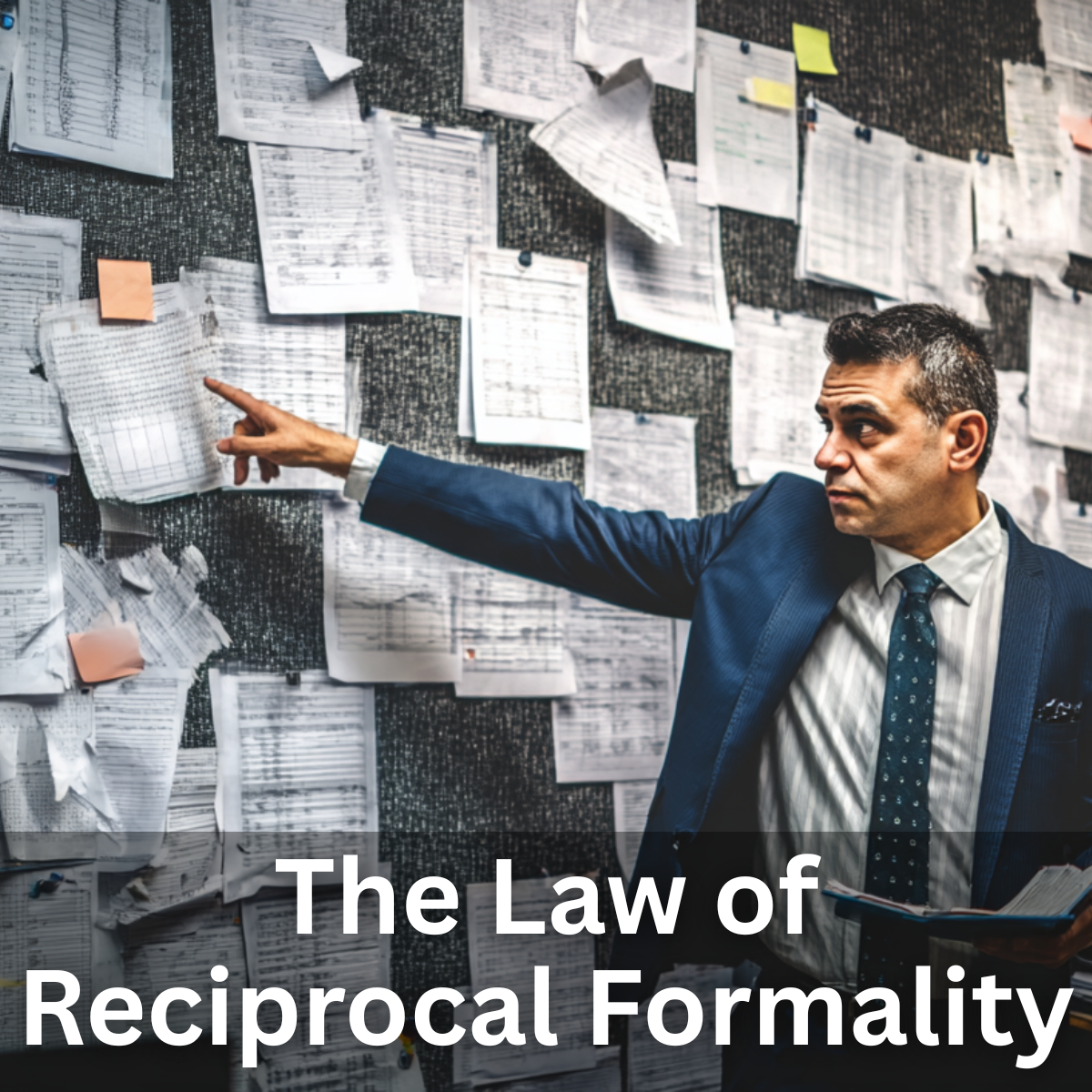We live in an age where peak performance has become the holy grail of human achievement. From elite athletes to professional musicians, high performance is often tied to the elusive “flow state.” This state of mind, where focus is total, time seems to disappear, and work feels effortless, is glorified in countless self-help books, articles, and motivational speeches. But what if this magical flow state we keep chasing is less of a reality and more of a myth?
The Highlight Reel vs. The Whole Story
When people talk about the state of flow, they often describe moments of brilliance: basketball players who can’t miss a shot, jazz musicians improvising as if guided by divine inspiration, or writers cranking out pages of their best work in a single sitting. These flow experiences feel almost otherworldly, like mystical experiences where everything clicks.
But the highlight reels—the moments of peak experiences—don’t tell the whole story.
The reality is that no one, not even high-performance athletes, can sustain this state of optimal performance indefinitely. The human body and mind simply aren’t wired for that kind of continuous output. Numerous studies in psychology, including work by Mihaly Csikszentmihalyi, the University of Chicago psychologist who pioneered the concept of flow, show that flow is transient by nature.
What Science Tells Us About Flow
Scientific research on flow underscores its transient nature and highlights the delicate balance required to achieve it. While flow is often described as an ideal state of performance, it does not arise randomly. Instead, it depends on a specific interplay of factors.
To enter a state of flow, tasks must have clear goals that provide direction, immediate feedback to guide adjustments, and a challenge-skill balance that creates the “sweet spot” where the difficulty of the task matches the individual’s abilities. When these conditions align, the mind can fully engage, resulting in the seamless focus and heightened performance associated with flow.
However, this alignment is inherently fleeting. Flow cannot be sustained indefinitely because it draws heavily on mental and physical resources. The experience is best understood as a peak within a broader performance cycle—an exceptional moment rather than a constant state.
This understanding reminds us that flow, while powerful, is not a magical formula for endless productivity. Instead, it’s a reflection of our ability to synchronize effort, skill, and challenge in a way that optimizes human potential, if only for a time.
The Neurobiology of Flow
Flow triggers, such as total concentration and intrinsic motivation, activate specific parts of the brain. Research on brain activity during flow states, including work by Steven Kotler and studies from Johns Hopkins, shows that the dorsolateral prefrontal cortex—the part of the brain responsible for self-criticism and doubt—goes quiet. This phenomenon, known as transient hypofrontality, allows for heightened creativity and focus.
But this mental state isn’t sustainable. The nervous systems of human beings require rest and recovery after periods of intense focus. Without downtime, we risk burnout, mental fatigue, and even long-term health consequences.
The Groundbreaking Research of Mihaly Csikszentmihalyi
Any meaningful discussion about the concept of flow would be incomplete without examining the work of University of Chicago psychologist Mihaly Csikszentmihalyi, whose research revolutionized our understanding of human performance, creativity, and life satisfaction. Csikszentmihalyi, often called the father of “positive psychology,” devoted much of his career to studying what makes life worth living. His exploration of optimal experiences culminated in the discovery of flow—a state of mind characterized by intense focus, complete absorption in the task at hand, and a sense of timelessness.
What is Flow According to Csikszentmihalyi?
Csikszentmihalyi defined flow as “a state in which people are so involved in an activity that nothing else seems to matter; the experience itself is so enjoyable that people will do it even at great cost, for the sheer sake of doing it.” This flow experience is more than just heightened productivity—it’s about aligning one’s skills and challenges to create a deeply fulfilling, almost spiritual experience.
Through his research, Csikszentmihalyi identified several key elements of flow:
- Clear Goals: Participants must have well-defined goals to guide their focus and effort.
- Immediate Feedback: Real-time responses allow participants to adjust their actions and stay aligned with their objectives.
- Challenge-Skill Balance: Flow occurs in the “sweet spot” where the challenge of the activity perfectly matches the skill level of the individual.
These necessary conditions help explain why flow is more likely to occur in activities that require high levels of focus, such as playing a musical instrument, engaging in competitive sports, or solving complex problems.
How Csikszentmihalyi Studied Flow
In his groundbreaking studies, Csikszentmihalyi used a method called the Experience Sampling Method (ESM). Participants were given pagers (an innovation at the time) and were prompted at random intervals to record their thoughts, feelings, and activities. This method allowed Csikszentmihalyi to gather real-time data on when people felt happiest, most focused, and most engaged.
The results of these studies, published in his seminal book Flow: The Psychology of Optimal Experience (1990), revealed that people experienced flow most often during activities that required skill and focus, rather than during passive leisure activities like watching TV. This insight challenged traditional notions of relaxation and happiness, suggesting that true fulfillment comes not from idleness but from engaging in meaningful, challenging tasks.
Flow and Life Satisfaction
One of Csikszentmihalyi’s most important contributions was linking flow to life satisfaction. His research showed that people who frequently experienced flow reported higher levels of happiness and personal fulfillment. This finding had profound implications for both personal growth and professional performance. It suggested that to live a meaningful life, one should seek activities that align with their passions, skills, and values.
For instance, Csikszentmihalyi found that professional musicians, chess players, and ballet dancers often described their best performances as flow experiences. These moments of intense focus and creativity were not just fleeting—they contributed to a deeper sense of purpose and achievement.
Flow Beyond the Individual
Csikszentmihalyi also explored the impact of flow on organizations and teams. He found that workplaces that fostered clear goals, provided immediate feedback, and encouraged employees to work at the edge of their skill levels were more likely to see high-performance results. This insight has since been applied in various industries, from education to corporate leadership, to create environments that maximize human potential.
Criticisms and Limitations
While Csikszentmihalyi’s research has been widely celebrated, it’s not without its critics. Some researchers argue that the concept of flow is too subjective and difficult to measure consistently across individuals. Others note that the experience of flow is often fleeting and requires ideal conditions, making it challenging to replicate reliably in everyday life.
Despite these critiques, Csikszentmihalyi’s work remains a cornerstone in the field of positive psychology and a powerful tool for understanding human performance. His insights remind us that while flow is an extraordinary state, it’s not a magic formula for constant productivity. Instead, it’s a reminder of what’s possible when we align our passions, skills, and challenges in meaningful ways.
Legacy and Impact
Csikszentmihalyi’s research has influenced countless fields, from sports psychology to business leadership. Modern researchers, like Steven Kotler, have expanded on his work, exploring the neurobiology of flow and its potential applications for high-performance athletes and professionals.
Yet, at its core, Csikszentmihalyi’s message is simple: Flow is not about chasing perfection or achieving superhuman results. It’s about finding joy and fulfillment in the present moment, whether you’re climbing a mountain, composing a symphony, or simply losing track of time while immersed in something you love.
His work reminds us that the state of optimal performance is not an end goal but a fleeting gift—a glimpse of what we’re capable of when we’re fully engaged in the here and now.
Flow in Real Life
High-performance athletes like Olympic medal winners, pro-tour golfers, and mountain climbers often report moments of flow during their best performances. These peak experiences are born out of deliberate practice and years of honing their craft. Yet, even these successful athletes spend the majority of their time outside of the state of flow.
Consider basketball players at a world championship level. Their ability to enter flow is dependent on years of physical practice, goal setting, and external conditions like the “next play” mentality. But no player can stay in flow for an entire game. The state of flow comes and goes, often unexpectedly.
The Study by Swann et al. (2012): Understanding Flow in Elite Sport
One of the most comprehensive explorations of flow in elite sports is the study by Swann et al. (2012), titled A Systematic Review of the Experience, Occurrence, and Controllability of Flow States in Elite Sport. This study synthesized existing literature to explore how flow states—those rare and highly coveted moments of total concentration and peak performance—are experienced, influenced, and managed by elite athletes.
Swann and his colleagues addressed three main areas:
- The Experience of Flow in Elite Athletes: Athletes described flow as a mental state where they were fully immersed in the present moment, their actions felt automatic, and external distractions faded away.
- Factors Influencing the Occurrence of Flow: Supportive environments, mental preparation, and the challenge-skill balance were found to play crucial roles.
- Controllability of Flow States: The ability to intentionally enter flow varied greatly among athletes. Techniques such as pre-performance rituals and resetting focus helped some athletes regain flow after disruptions.
The Danger of the Flow State Myth
The myth of a perpetual flow state is not just unrealistic—it’s harmful. It creates an illusion that constant high performance is achievable if we just find the right hack or method. However, studies reveal that downtime and rest are essential to sustain long-term success.
The Critical Role of Rest and Recovery
The importance of rest is underscored by E. Bernhofer’s recent study, Investigating the Concept of Rest for Research and Practice. This research shows that rest, encompassing physical, mental, and spiritual recovery, is often misunderstood and undervalued. Without rest, the nervous system cannot sustain the focus and effort required for flow or peak performance.
Maslow’s Perspective on Flow, Performance, and Recovery
Maslow’s concept of peak experiences aligns closely with flow states. However, Maslow emphasized balance and the fulfillment of foundational needs—nutrition, safety, and connection—to sustain higher achievements. He believed self-actualization required moments of reflection and recovery, not perpetual intensity.
Conclusion: A New Perspective on Flow
The myth of the high-performance flow state sells a fantasy, not reality. Sustainable success comes not from chasing flow endlessly but from embracing rest, setting well-defined goals, and respecting our natural rhythms.
Flow is not a permanent destination; it’s a fleeting gift—a glimpse of what we’re capable of when fully engaged in the present moment. By accepting its transience and honoring the need for recovery, we unlock the true potential of human performance.




